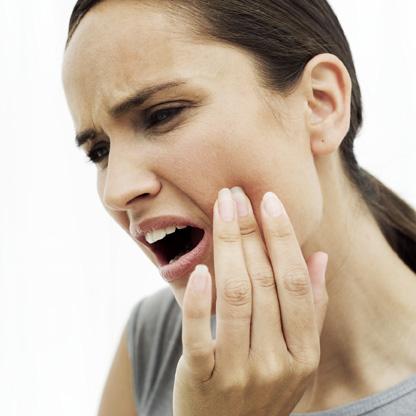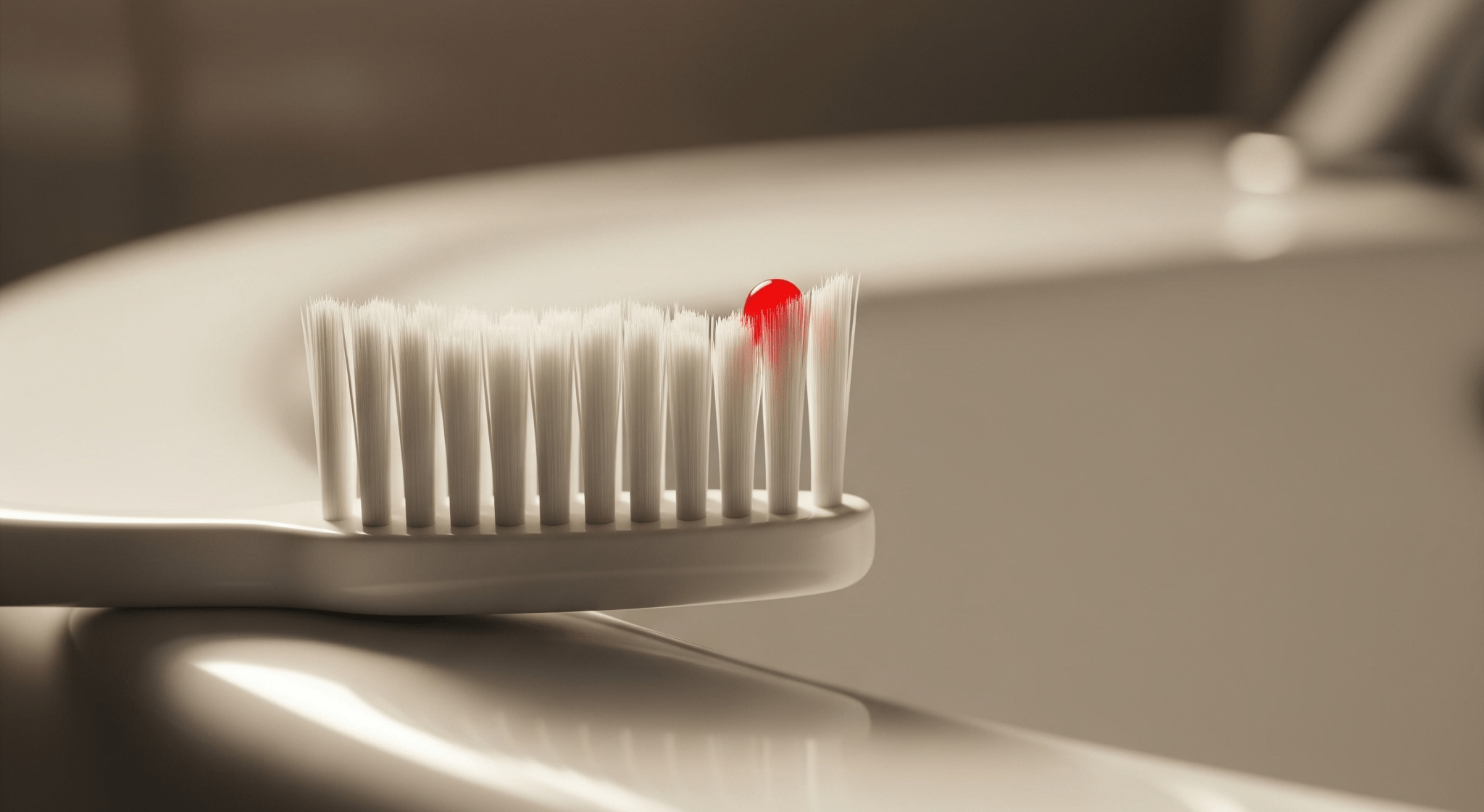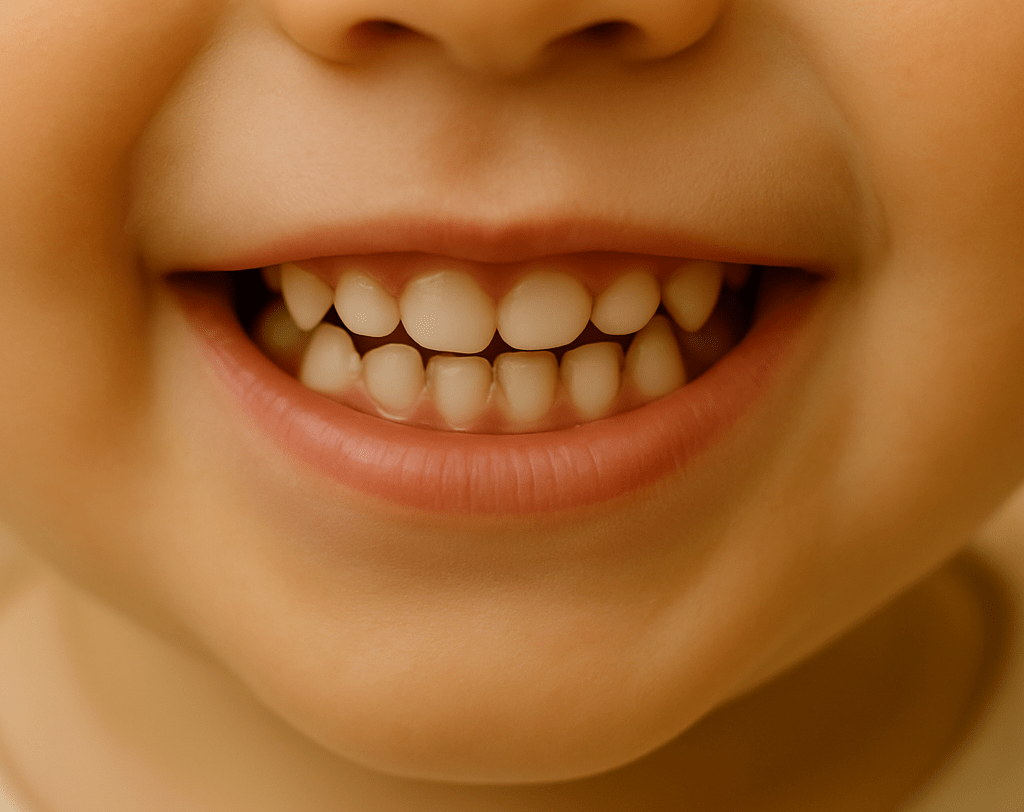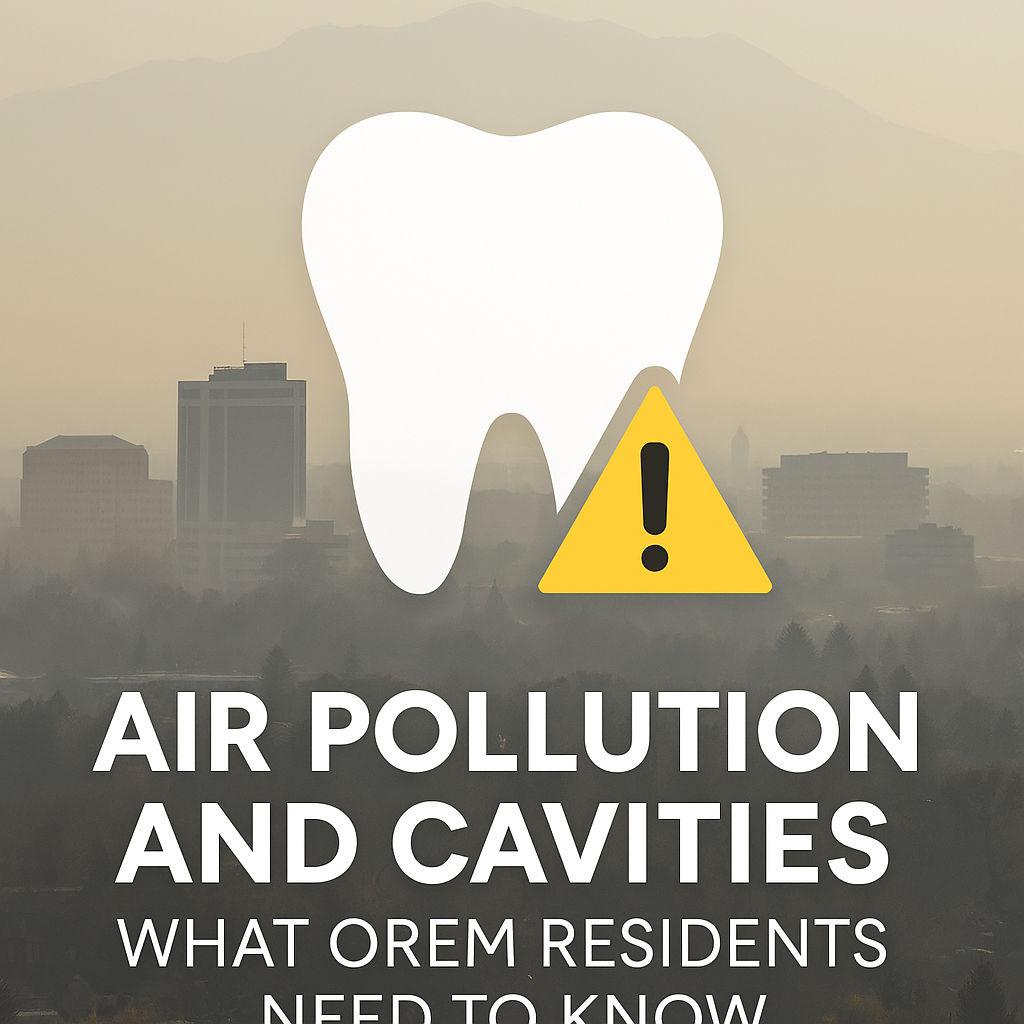Blog Highlights:
- Pain is a way for your tooth to tell you that something wrong is going on in your tooth
- When your gums recede, your tooth root will be exposed to different external stimuli
- Old fillings can get loose or damaged, if this happens, the nerve endings inside your tooth will be exposed to the air, food particles, and bacteria
- Tooth cracks and fracture can also worsen over time, allow bacteria to enter, and exposing the tooth pulp
- Referred pain happens when the pain caused by infections migrate to a specific tooth
Tooth pain can come in a wide range of severity. While others say that they only experience mild pain, there are those who experience intense pains, fleeting pains, and even throbbing pains. Tooth pain happens when the nerves found in the pulp chamber of your tooth responds to a stimuli by telling you that something bad is happening through a disagreeable sensation. If you want to know more about why your tooth hurts, here are the 10 most common culprits:
Dental Cavities – As the bacteria feed on food particles on your mouth or in between your teeth, they produce an acid that will dissolve the enamel which protects your teeth. This will then expose the dentin, which is sensitive to external stimuli.
Gum Recession – Gums can recede due to the lack of proper maintenance. It can also happen as a result of brushing too rigorously or brushing using a toothbrush that is too hard. When the gums recede, the tooth root becomes exposed.
Loose, lost, or old filling – Dental fillings are used to seal of damaged areas. If the filling has not been placed properly, or if it has been damaged, food particles, bacteria, and air can easily irritate the nerve endings found inside.
Recent Dental Treatments – Dental treatments can cause inflammation on your pulp tissues. The pain however, is only temporary and it is expected to subside as soon as the inflammation heals.
The Erosion of the Enamel – The acids in your diet, or the gastric acids that go out if you have GERD or if you constantly vomit can slowly wear away the tooth enamel. This can cause tooth pain.
Periodontal disease – Characterized by an infection in the surrounding tissues of the teeth, this disease is caused by the buildup of plaque along the gum line which can trigger inflammation. In severe cases, the bacteria can travel all the way down to the tooth root where it will gain entrance into the tooth pulp.
Tooth Cracks or Fracture – caused by bruxism, jaw clenching, or by blunt force trauma, the minute cracks on the surface of your teeth can allow bacteria to go into the tooth pulp. If the crack starts to widen and form chips, or fractures, it can also expose the nerves inside the tooth.
Parafunctional habits – Known as jaw clenching or teeth grinding, these habits can also damage the enamel of your teeth. This can result in jaw pains as well as an increased tooth sensitivity.
Dental Abscess – Pus-filled sacs can form near the tooth root or in between the tooth and the gums as a result of infection. This can also cause tooth pain.
Referred pain – this is the pain that is actually caused by another tooth or by another area near your mouth. For example, a sinus congestion or an infection may give you a false impression that a specific tooth is experiencing pain.
The pain that you experience may be caused by one or more of the culprits mentioned above. What is important is that you understand that pain is your body’s way of telling you that there is something wrong with your oral health. This is why you should see your dentist right away so you will be able to know the true cause of the pain and so that you will be able to get the appropriate treatment.





